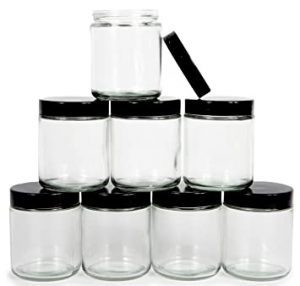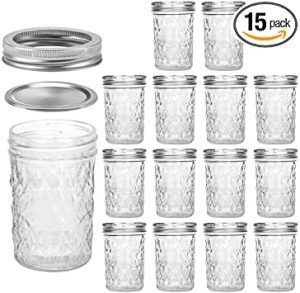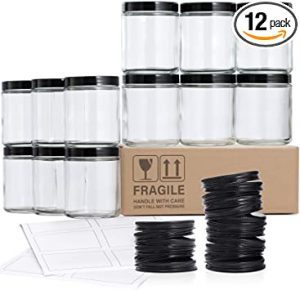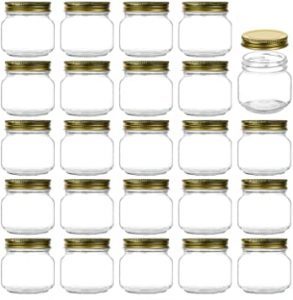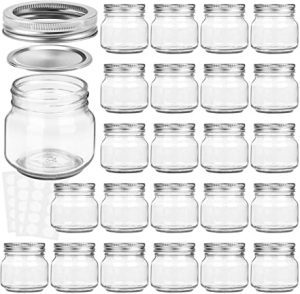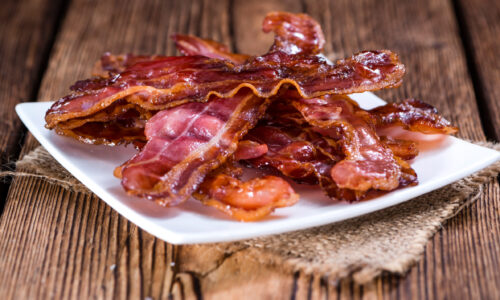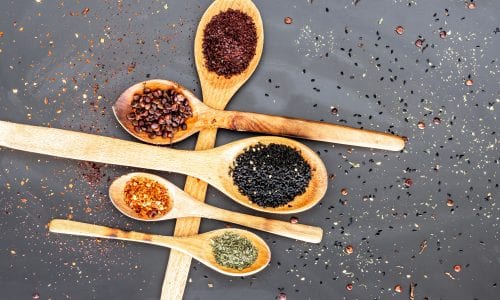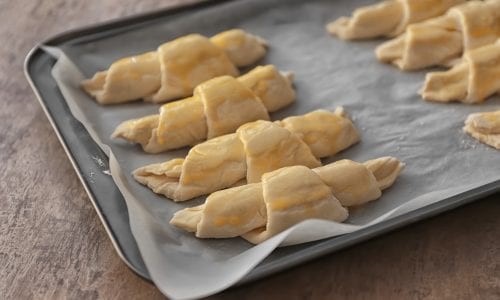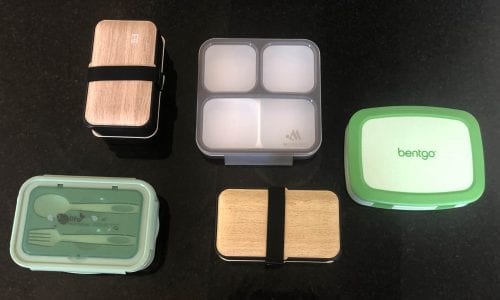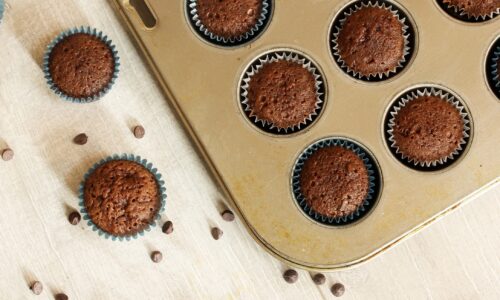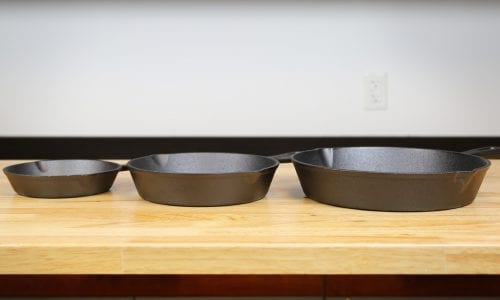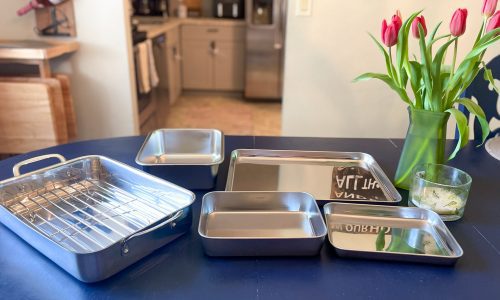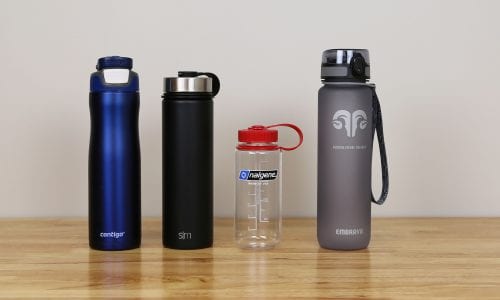The Best 8-Ounce Glass Jars With Lids
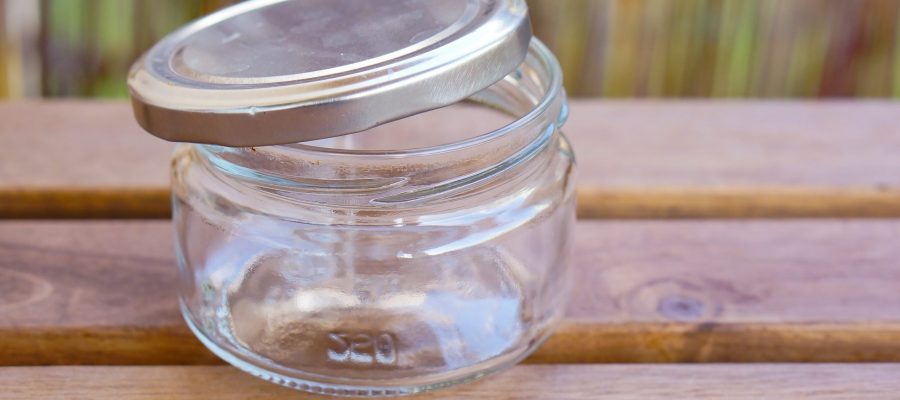
Our Review Process
Don't Waste Your Money is focused on helping you make the best purchasing decision. Our team of experts spends hundreds of hours analyzing, testing, and researching products so you don't have to. Learn more.
Our Picks For The Top 8-Ounce Glass Jars With Lids
- 1. Vivaplex Inner-Lined 8-Ounce Glass Jars With Lids, 8-Pack
- 2. VERONES Airtight 8-Ounce Glass Canning Jars With Lids, 15-Pack
- 3. AOZITA Candle-Making 8-Ounce Glass Jars With Double Lids, 36-Piece
- 4. Encheng Mason Jug 8-Ounce Glass Jars With Lids, 24-Set
- 5. KAMOTA 8-Ounce Mason Glass Jars With Corrosion-Resistant Lids, 8-Pack
In this set, you'll get eight clear glass jars with black lids. Each jar holds up to 8 ounces of liquids or powder, making them great for taking beauty items on the road with you. The included inner liners help the lids form a solid seal to prevent leaks.
Option for TravelThese 8-ounce glass jars with black lids come in handy if you're packing liquids or lotions for travel.
You'll get 15 8-ounce Mason jars complete with airtight silver lids in this canning set. You can refrigerate items in these jars for up to three weeks, but if frozen, foods can stay fresh for up to a year. The lids resist corrosion and are quality-tested.
A Gardener's Best FriendKeep homegrown foods fresh all year with these jars designed to preserve contents up to a year.
You'll get 12 8-ounce glass jars in this set, along with 12 metal and 12 plastic lids and labels. Use the plastic lids for non-perishable goods like jewelry; reserve the metal lids for candles and foods. The glass is dishwasher-safe and resists heat.
Versatile OptionTwo types of lid let you store either long-lasting or perishable items in these leakprooof 8-ounce jars.
This set of 24 classic, heavy-duty 8-ounce Mason jars with airtight golden lids and a stable bottom work well for a variety of purposes and have a simple, easily customized design. A dishwasher-safe build ensures cleanup is a breeze.
Organize Your PantryGet your pantry in order with this set of 24 classic jars, great for holding anything from liquids to candy.
Buying Guide
If your cabinets and refrigerator are filled with disposable storage containers and zipper bags, you aren’t alone. Keeping food fresh creates clutter, but these days it also seems to involve a great deal of plastic.
Some consumers aren’t fond of all those plastic containers. Plastic isn’t always attractive, and you may have concerns about chemicals leaching into the food you eat. Plastic can absorb germs and smells, too. Plus, it’s not the easiest to recycle.
All that makes glass a popular alternative. Aside from safety concerns and appearance, some people simply like the way foods and liquids chilled in glass containers taste. You can use glass containers daily to keep all kinds of foods fresh and ready-to-eat. You can also use jars to preserve garden-grown foods by canning them.
For more than 200 years, households have used glass jars to preserve garden-grown foods. The canning process allows you to store foods for up to one year, as long as you go through the proper process. You need a glass jar that seals internal contents properly. Mason jars have long been a favorite for canning enthusiasts for that very reason.
But canning isn’t the only use for glass jars. You can put a salad or other single-serving meal inside and take lunch to work. You can use them as rustic-style drinking cups. You may even be able to use standard jars with your blender. Small glass storage jars can also hold items like moisturizers and makeup, powders, candy and jewelry.
Mason jars also come in handy for crafting projects. You can use fabric to serve as an inner lining for attractive containers placed around the house. They can also be set up for use as a plant holder or as a soap dispenser.
But perhaps one of the best uses for Mason jars is in gifting. They often come in sets of multiple identical jars, so you can easily insert goodies like candy, cake mix or jewelry. Add a bow or decorative label and you have an affordable way to give presents to a large number of people.
What to Look For
- In addition to the build of the jar, pay close attention to the included lids. If you’re hoping to keep internal contents fresh, you’ll need to make sure the lid creates a tight seal to prevent air from escaping. Also look for a lid that resists corrosion if you plan to store your items for a while.
- Mason jars come in various sizes. Figure out how much storage you need, then choose the right capacity so your jars don’t take up too much space.
- Although mason jars do help keep items fresh longer even without going through the canning process, there is a limit. Typically, perishables will remain preserved in a refrigerated mason jar for up to two weeks. If you want to extend that time, slide your filled mason jars into your freezer, where items can remain fresh for up to six months. This timeline will vary from one type of food to another, though.
- Some mason jars can be washed in the dishwasher. This makes cleanup easy, saving you from having to hand-wash your jars between uses.
- Not all glass is heat-resistant. If you plan to use your cars for candles or other similar projects, make sure your glass is built to withstand higher temperatures.
- Mason jars can be useful for storing herbs and other kitchen items. You can create a display or simply replace the bottles in your pantry and cabinets with attractive mason jars. If you do this, you’ll want to label everything clearly.
- Decorating mason jars is fairly easy. You can slide fabric inside to create an attractive exterior. Acrylic paint and chalk paint both work well on glass jars, making it easy to turn your set of jars into a fun craft project.
- A good seal doesn’t just keep air from entering or escaping your mason jar. It also can help prevent leaks. This is especially important if you’re taking filled jars on the road with you.
More to Explore
Prior to the 1800s, households primarily preserved food by drying or smoking it. At times, food was also soaked in salt or sugar or even fat, but all of these processes tended to change the taste and texture of the food.
But pioneers were already looking at other ways to achieve food preservation. French chef Nicholas Appert discovered that using heat helped keep spoilage at bay, although the exact mechanism for this would elude researchers until Louis Pasteur discovered microbes. Appert placed food inside corked glass jars that were then sealed with wax, wrapped in canvas, and boiled. His discovery was submitted to the French government as part of a contest it was holding to help out Napoleon Bonaparte. In 1810, he won that competition.
Then, John L. Mason invented the Mason jar in 1858. The 26-year-old patented a square-shouldered jar, which had a screw-on cap with a threaded neck and lid, plus a rubber seal. It was completely airtight.
Unfortunately, Mason never got rich off his work, even though he’s a bit of a household name today. He continued to improve his design over the following years and then licensed it to companies such as the Ball Corporation, which started manufacturing glass canning jars in 1884. However, Mason’s patent expired in 1879. Although some companies obtained licenses, competitors began making their own versions. Since he no longer held the patent, Mason missed out on cashing in when Mason jars became an immediate hit and an important part of food preservation for the next 100 years.

